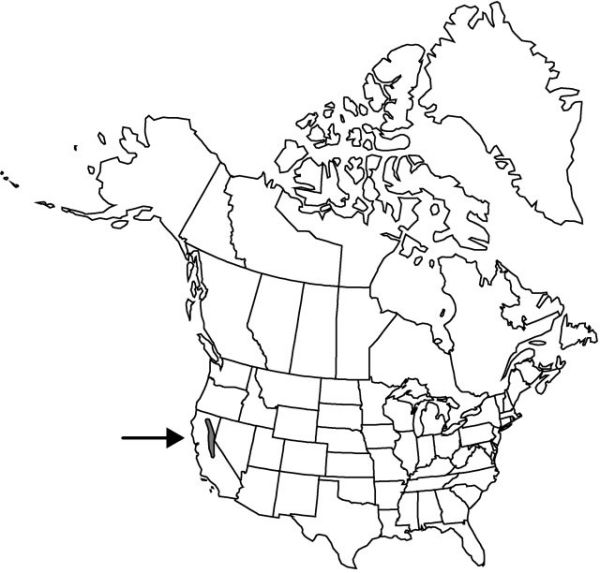Lilium washingtonianum subsp. washingtonianum
Bulbs subrhizomatous, 2.7–5.6 × 5.7–13.4 cm, 0.2–0.8 times taller than long; scales usually unsegmented, some notched with 2(–3) poorly defined segments, longest 3.5–7.7 cm. Stems to 2 m. Leaves in 2–5 whorls, 3–16 leaves per whorl or partial whorls, horizontal and drooping at tips to ascending, 5.4–10.9 × 1.3–2.8 cm, 2.9–5.4 times longer than wide; margins undulate or not. Flowers: sepals and petals recurved 2/3–3/4 along length from base, white, rarely aging pink, usually with short yellowish stripe extending from basal median nectaries; sepals rarely purplish adaxially, 8–11.3 × 1.1–1.7 cm; petals 7.9–11.2 × 1.4–2.4 cm; anthers off white/cream, becoming pale pink or dirty yellow; pollen very pale yellow or cream. Capsules occasionally with 6 longitudinal ridges, 2.7–4.3 × 1.6–2.7 cm, 1.4–2.2 times longer than wide. Seeds 123–216. 2n = 24.
Phenology: Flowering summer (mid Jun–early Aug).
Habitat: Mixed conifer forests, gaps, clearcuts, roadsides
Elevation: 1300–1500 m
Discussion
Subspecies washingtonianum occurs primarily on the western slope of the Sierra Nevada and extends north to the southern Cascades at Mount Lassen and Mount Shasta. Early literature records this subspecies from southern California (Cuyamaca Mountains, San Diego County), but these reports probably represent Lilium parryi. Lilium washingtonianum var. minus (Shasta lily) was described by Purdy from Mt. Shasta primarily on the basis of reportedly smaller bulbs, but as this character is age-dependent, the variety is not recognized here. Plants from this area may be morphologically intermediate between the subspecies.
The Washington lily is pollinated by sphinx moths (Sphinx spp., family Sphingidae). Nectar secretion and scent production are timed to their arrival at dusk. The open nature of the flower and copious nectar secretion attract many diurnal visitors, including a variety of butterflies, bees, and flies, but these are not significant pollinators.
Selected References
None.

